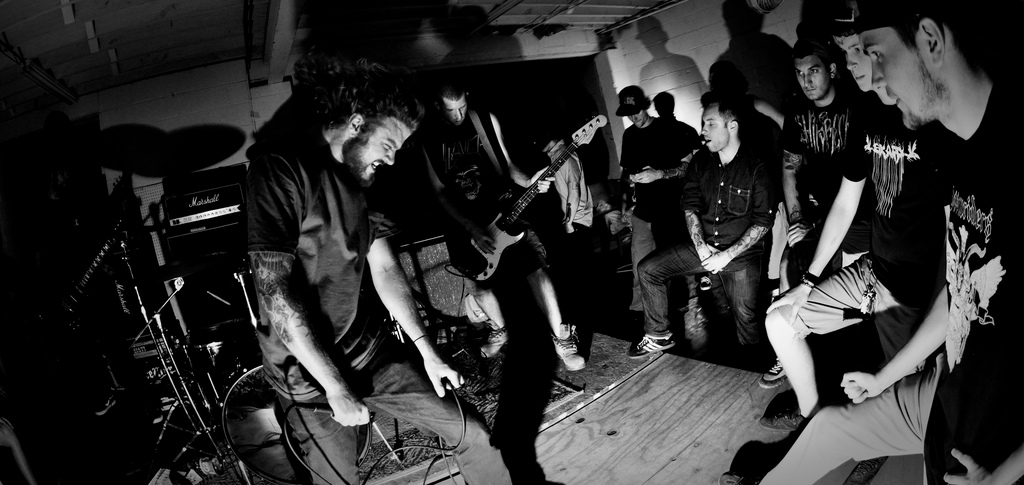Music is an important way that millions of people find enjoyment, define who they are, and affirm group membership. While the music industry is global, most music is made and enjoyed in diverse situations divorced from these corporate worlds. The concept music scene originally used primarily in journalistic and everyday contexts, is increasingly used by academic researchers to designate the contexts in which clusters of producers, musicians, and fans collectively share their common musical tastes and collectively distinguish themselves from others.
The term scene was first widely used by journalists in the 1940s to characterize the marginal and bohemian ways of life of those associated with the demiworld of jazz. In the years since, journalists have applied the term loosely to a wide range of other situations: Venice West poetry scene, East Village beatnick scene, this year’s London theater scene, punk scene, hip-hop scene, etc. This journalistic discourse not only has served to describe the music, dress, and deportment appropriate to a scene, but also has functioned as a cultural resource for fans of particular musical genres, enabling them to forge collective expressions of underground or alternative identity and to identify their cultural distinctiveness from the mainstream. Scenes are often regarded as informal assemblages, but scenes that flourish become imbedded in a music industry.
There are problems with the notion of music scenes, however, which centre on the suggestion that they are at once defined by their places (or localities, such as ‘the Austin scene’) and spaces such as clubs, record shops, old warehouses and so on.
What is Scene? Various definitions of music scene
Scene is fluid and changeable cultural space characterized by the building of musical alliances and the drawing of musical boundaries.
A music scene might be defined as a pool of musical tastes and values that are constantly susceptible to change; a cultural space in which a range of musical practices coexist, interacting with each other within a variety of processes of differentiation.
Scenes are stable music communities which are understood by sociological variables (e.g. age) and are involved in an ongoing exploration of one or more musical idioms said to be rooted within a geographically specific historical heritage.
Types of Scenes
Each scene is unique. Nonetheless, it is useful to recognize several distinct types that share a number of characteristics in common. There are three general types of scenes:
1. Local scene
2. Translocal scene
3. Virtual scene
Local scenes
Local scene, corresponds most closely with the original notion of a scene as clustered around a specific geographic focus. Local scene is focused in social activity that takes place in a delimited space and over a specific span of time in which clusters of producers, musicians, and fans realize their common musical taste, collectively distinguishing themselves from others by using music and cultural signs often appropriated from other places, but recombined and developed in ways that come to represent the local scene.
Translocal scene
Translocal scene, refers to widely scattered local scenes drawn into regular communication around a distinctive form of music and lifestyle. Translocal scenes are local, but they are also connected with groups of kindred spirits far away from them. Global media messages can be the catalysts for what become intensely local scenes. The Beatlemania of the mid-1960s is an excellent case in point. Within months, teens around the world became acquainted with the band’s sound, look, and deportment. At the same time, the teens reinterpreted the Beatles to fit the image and music of the band into their own cultural experience. The music festival is a special sort of translocal scene. While most such scenes involve the interconnection of several local scenes, festivals draw dispersed individuals together on designated occasions. Another kind of translocal scene is created when a band’s fans regularly follow their favorite musicians around the country (world) from tour date to tour date and energize local devotees of the music and lifestyle.
Virtual scene
Virtual scene, is a newly emergent formation in which people scattered across great physical spaces create the sense of scene via fanzines and, increasingly, through the Internet. Like the participants in translocal scenes, participants in virtual scenes are widely separated geographically, but unlike them, virtual scene participants around the world come together in a single scene-making conversation via the Internet.

